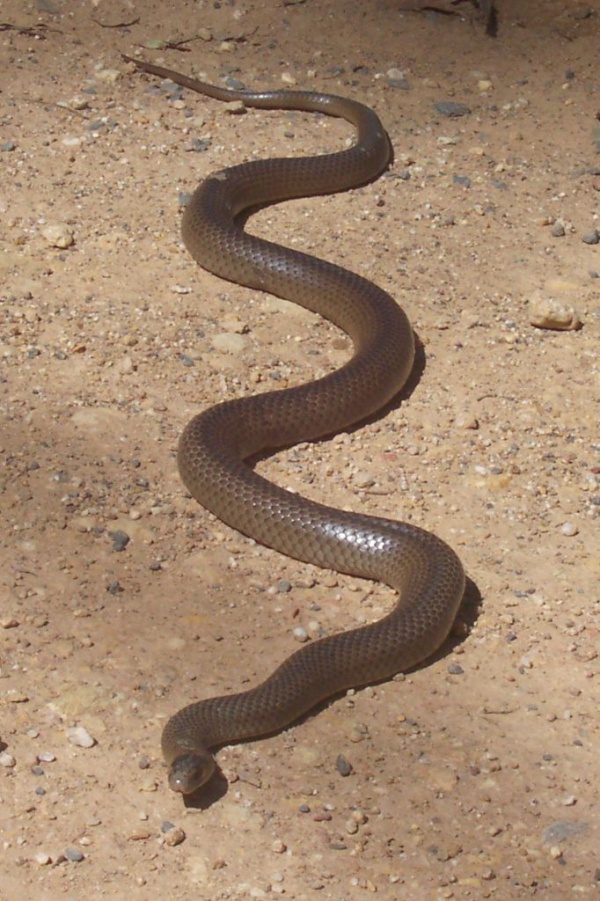Facts About Eastern brown snake
The eastern brown snake, also known as the common brown snake, ranks among the most venomous serpents in the world. Indigenous to eastern and central Australia and southern New Guinea, this species was first described in 1854. Easily distinguishable by its slender frame and varying shades of brown, the snake is noteworthy both for its appearance and its highly toxic venom.
Intriguingly, these snakes flourish in agricultural regions, primarily due to their predation on house mice. While they are not considered endangered, their status in New Guinea remains under-researched.
The eastern brown snake is recognized as the world's second-most venomous land snake. Its venom impacts the circulatory system critically, causing coagulation disorders, bleeding, heart failure, and potentially cardiac arrest. Scientifically referred to as Pseudonaja textilis, this species has undergone several taxonomic revisions over the years.
These snakes inhabit diverse environments, with the exception of dense forests, and are particularly prevalent around farmlands and urban peripheries. They are diurnal hunters, most active during the spring, and enter hibernation in winter. During reproduction, female eastern brown snakes deposit between 10 and 35 eggs in a single clutch. Their diet predominantly consists of vertebrates, with a marked preference for mammals such as house mice.
The venom of the eastern brown snake is exceedingly perilous, causing a condition known as venom-induced consumption coagulopathy. This can lead to severe bleeding, hypotension, and cardiac arrest. In the event of a bite, immediate administration of antivenom is essential, and it is crucial to monitor the patient for at least 24 hours.
Keeping an eastern brown snake in captivity is an endeavor suited only for highly experienced snake handlers due to the species' challenging care requirements and dangerous nature.
